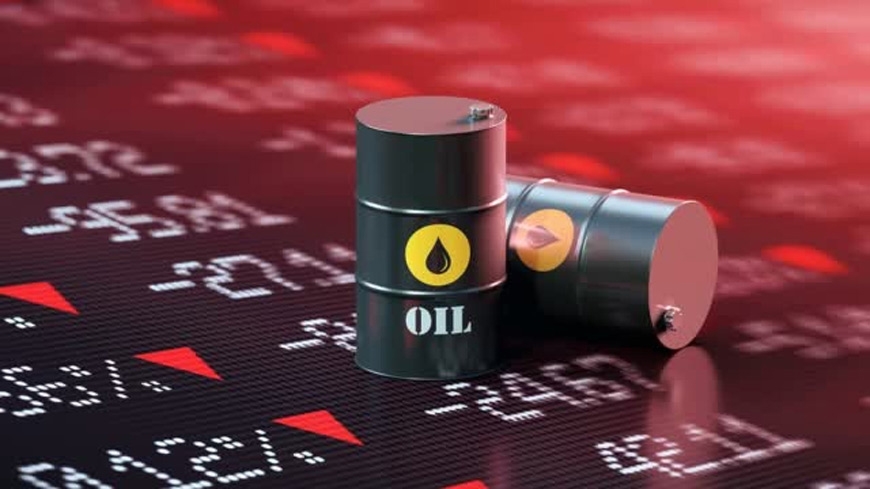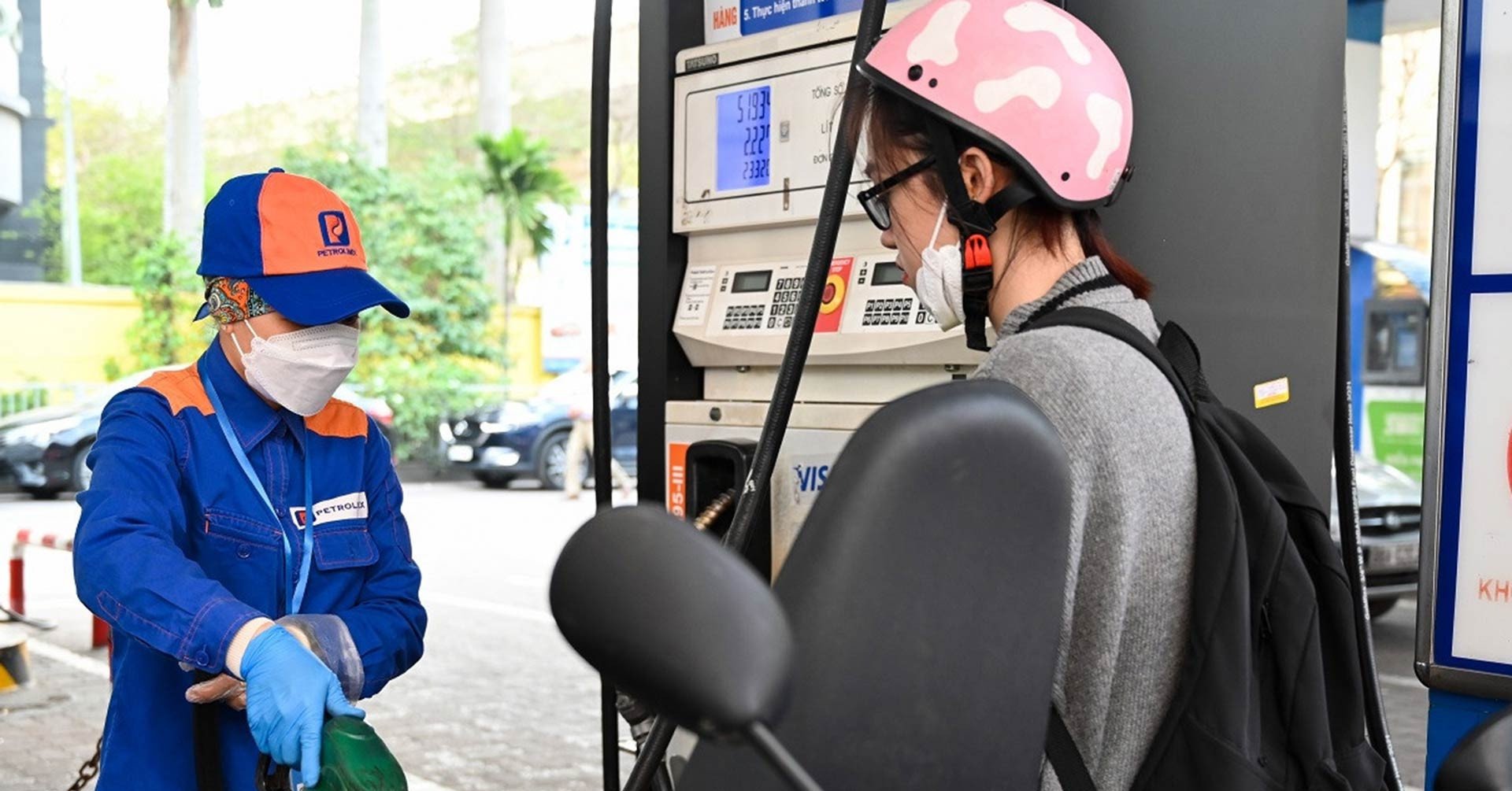Oil prices started the week in the red. Brent and WTI crude oil prices fell slightly, with Brent slipping below $87/barrel and WTI below $83/barrel.
World oil prices
According to Oilprice, at 5:45 a.m. on August 14 (Vietnam time), Brent oil price decreased by 40 cents, equivalent to 0.46%, to 86.41 USD/barrel. At the same time, US WTI oil price decreased by 34 cents, equivalent to 0.41%, to 82.85 USD/barrel.
 |
| Gasoline prices cooled down at the beginning of the first trading session of the week. Will the weekly price increase maintain its upward momentum? Illustration: Foxbusiness |
Both oil benchmarks rose about 0.5% last week, setting a record for seven consecutive weeks of gains since late February last year.
Both Brent and WTI crude oil had three sessions of gains and two sessions of losses last week, strongly influenced by key factors such as a more positive US economic outlook, China's oil import-export data, US gasoline and oil reserves, voluntary production cuts by Saudi Arabia and Russia, and reports related to oil demand outlook from OPEC and the International Energy Agency (IEA).
Last week, the US Energy Information Administration (EIA) forecast that US gross domestic product (GDP) growth will increase by 1.9% this year, up from the previous forecast of 1.5%. Also according to the EIA, US crude oil reserves increased by 5.85 million barrels in the week ending August 4; gasoline reserves decreased by 2.7 million barrels; distillate reserves, which include diesel and heating oil, decreased by 1.7 million barrels.
Data from China showed that China's oil imports in July fell 18.8% from the previous month to their lowest level since January, but were still up 17% from a year earlier. Overall, China's imports fell 12.4% in July, much more than the 5% drop expected. Exports also fell 14.5%, while economists had forecast a 12.5% drop.
Also last week, the US Department of Labor released a report on the US consumer price index (CPI) in July. Accordingly, the US CPI increased moderately, 0.2%. The CPI increased 3.2% since July last year. The core CPI also increased 0.2% in July and increased 4.7% over the past year. This report shows that the US core inflation decreased last month. Cooling inflation along with a cooling labor market further strengthens economists' belief that the US central bank will be able to make a "soft landing" for the economy, after a year of worrying about the economic recession. Since March 2022, the US Federal Reserve (Fed) has increased the benchmark overnight interest rate by 525 basis points to the current 5.25% - 5.50% to curb inflation.
Global oil demand will grow by 2.44 million barrels per day this year, OPEC forecasts. The group also said the oil market outlook looks good for the second half of the year.
 |
| Gasoline prices are forecast to continue to increase in the last months of the year. Illustration photo: Oilprice |
In a similar vein, the IEA said falling global oil inventories, lower output from OPEC+ members and record high demand could boost crude prices in the remaining months of the year.
According to the IEA, global oil demand hit an all-time high of 103 million barrels per day in June and August and could rise further in the coming months. That would push average daily demand this year to 102.2 million barrels per day, up 2.2 million barrels from last year and the highest increase ever.
Domestic gasoline prices
Domestic retail prices of gasoline on August 14 are as follows:
E5 RON 92 gasoline is not more than 22,822 VND/liter. RON 95 gasoline is not more than 23,993 VND/liter. Diesel oil not more than 22,425 VND/liter. Kerosene not more than 21,889 VND/liter. Fuel oil not exceeding 17,668 VND/kg. |
The above domestic retail price of gasoline and oil was adjusted by the Ministry of Finance - Industry and Trade in the price management session on the afternoon of August 11, with gasoline price increasing by more than 30 VND/liter, and oil price increasing the highest by 1,813 VND/liter.
In this price management period, the joint ministries decided: Not to set up the Price Stabilization Fund for all petroleum products and continue not to spend the Price Stabilization Fund for the two petroleum products, stop spending the Price Stabilization Fund for kerosene and diesel, and spend the Price Stabilization Fund for fuel oil.
MAI HUONG
* Please visit the Economics section to see related news and articles.
Source






![[Photo] "Beauties" participate in the parade rehearsal at Bien Hoa airport](https://vstatic.vietnam.vn/vietnam/resource/IMAGE/2025/4/11/155502af3384431e918de0e2e585d13a)







































































![[VIDEO] - Tam Ky in the season of white trumpet flowers through sketches](https://vstatic.vietnam.vn/vietnam/resource/IMAGE/2025/4/12/6364ee7bf6ef49269d215280697e1f12)














Comment (0)